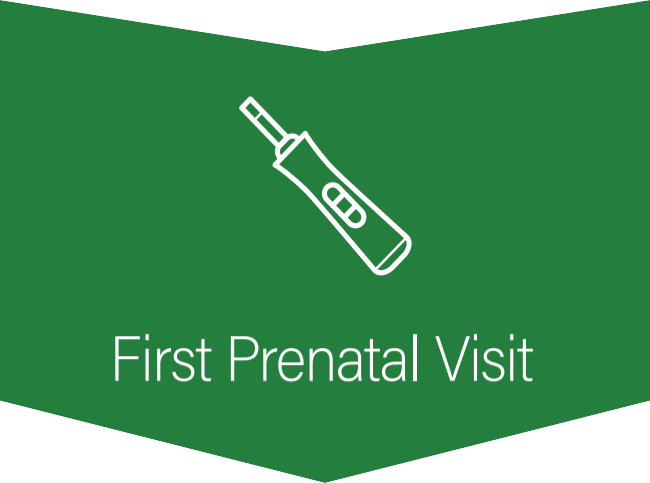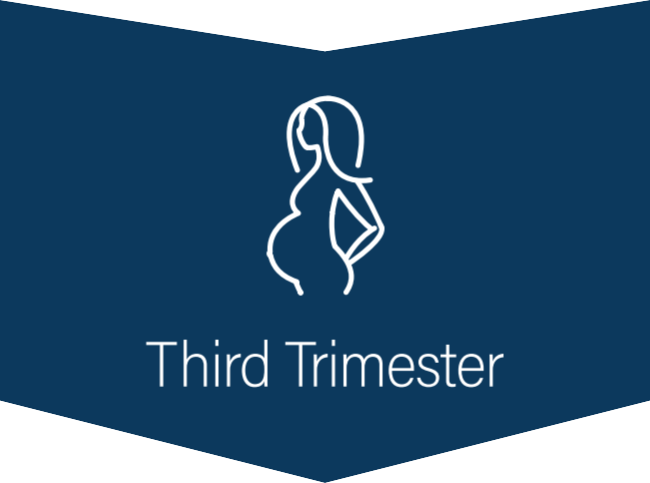Recommended Clinician Timeline for Screening for Syphilis, HIV, HBV, HCV, Chlamydia, and Gonorrhea
All persons diagnosed with an infection should be treated or linked to care and treatment as recommended.
Endnotes
- To promote informed and timely therapeutic decisions, health care providers should test women for HIV as early as possible during each pregnancy.
- All pregnant women should be tested for hepatitis B surface antigen (HBsAg) during an early prenatal visit (e.g., first trimester) in each pregnancy, even if they have been vaccinated or tested previously.
- “Increased risk” means new or multiple sex partners, sex partner with concurrent partners, or a sex partner who had a sexually transmitted infection (STI).
- All pregnant women should be tested for hepatitis C during each pregnancy, except in settings where the prevalence of HCV infection is less than 0.1%. Data informing the optimal time during pregnancy for which hepatitis C testing should occur are lacking. Testing at an early prenatal visit harmonizes testing for hepatitis C with testing for other infectious diseases during pregnancy. Pregnant women with ongoing risk factors (e.g., injection-drug use) tested early in pregnancy could undergo repeat testing later in pregnancy to identify those who acquired HCV infection later in pregnancy.
- “Certain groups” includes people who live in communities with high rates of syphilis or are at high risk for syphilis acquisition during pregnancy. Maternal risk factors for syphilis during pregnancy include sex with multiple partners, sex in conjunction with drug use or transactional sex, late entry to prenatal care (i.e., first visit during the second trimester or later) or no prenatal care, methamphetamine or heroin use, incarceration of the woman or her partner, and unstable housing or homelessness.
- “Certain groups” includes people who receive health care in areas with an elevated incidence of HIV or AIDS among females aged 15-45 years, who receive health care in facilities in which prenatal screening identifies at least one HIV diagnosis per 1,000 females screened, known to be at high risk for HIV (i.e., person who injects drugs and their sex partners, person who exchanges sex for money or drugs, sex partner of person living with HIV, have had a new or >1 sex partner during this pregnancy), or have signs or symptoms consistent with acute HIV infection.
- People admitted for delivery at a health care facility without documentation of HBsAg test results should have blood drawn and tested as soon as possible after admission.
- Having had more than one sex partner during the previous 6 months, an HBsAg-positive sex partner, evaluation or treatment for an STD, or injection-drug use.
United States Preventive Services Task Force Grade Recommendations guide insurance coverage for services. The most recent USPSTF grade recommendations for testing is “A” for Syphilis, HIV, and HBV, and “B” for HCV. For more information, see Preventive Services Coverage.
Specific screening recommendation articles can be found at NCHHSTP Pregnancy website.
Page last reviewed: August 11, 2022
Content source: National Center for HIV, Viral Hepatitis, STD, and TB Prevention


